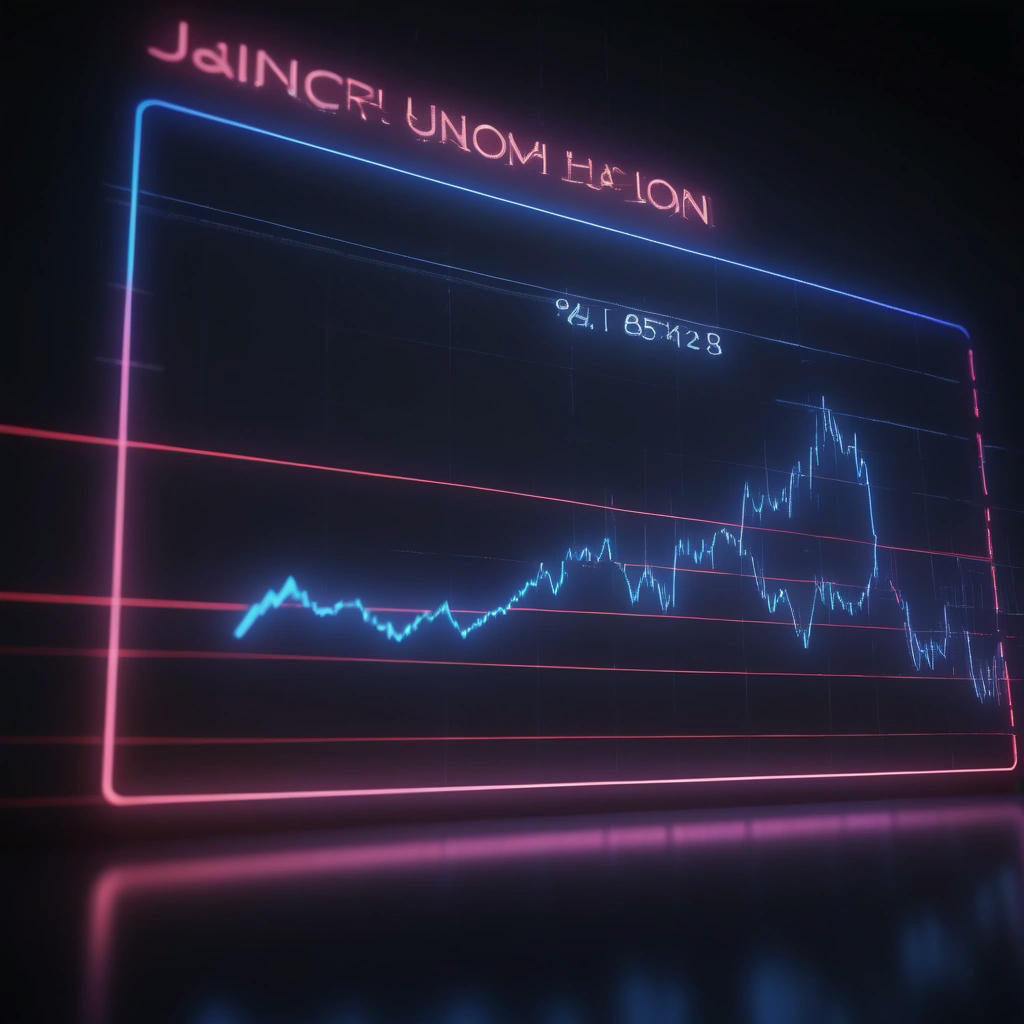The Federal Open Market Committee (FOMC) meeting is always a highly anticipated event in the world of finance. Market analysts and economists alike hang on to every word uttered by the Federal Reserve Chair, Jerome Powell. However, the latest meeting took an unexpected turn when Powell's mic pack began to malfunction, dropping in and out of audio. The resulting mixture of cut-off words and silence was dismissed as a technical glitch by many, but a keen-eyed observer noticed something peculiar – the pattern of interruptions seemed to be conveying a hidden message.
As the audio feed continued to falter, a cryptic sequence of dots and dashes emerged from the chaos. It was a message in Morse code, a system of communication that has been used for centuries to convey secret information. The code was faint, but unmistakable – it spelled out a single, ominous word: "stagflation."
The term "stagflation" is a rare and dreaded phenomenon in economics, characterized by a stagnant economy, high inflation, and high unemployment. It's a scenario that policymakers fear, as it defies traditional economic remedies. The fact that this word was being transmitted through Powell's malfunctioning mic pack sent shockwaves through the financial community.
Rumors began to circulate about the true intentions behind the cryptic message. Was it a warning from Powell himself, a hint that the economy was headed for troubled waters? Or was it a rogue actor, hijacking the Fed Chair's audio feed to spread panic and uncertainty? Theories abounded, but one thing was certain – the markets were spooked.
As the news spread, investors scrambled to reposition their portfolios, bracing for the worst. The Dow Jones plummeted, and the yield curve began to invert, a classic sign of impending recession. The usually stoic Federal Reserve officials were caught off guard, struggling to contain the fallout from the mysterious message.
In the aftermath of the FOMC meeting, the Federal Reserve issued a statement downplaying the incident, attributing the malfunction to a technical glitch. However, the damage was already done. The markets were on high alert, and the specter of stagflation loomed large.
As the dust settles, one question remains – was the message a genuine warning, or a cleverly crafted hoax? The truth may never be known, but one thing is certain – the world of finance will be watching Jerome Powell's every move, waiting for the next cryptic message to emerge from the shadows.


